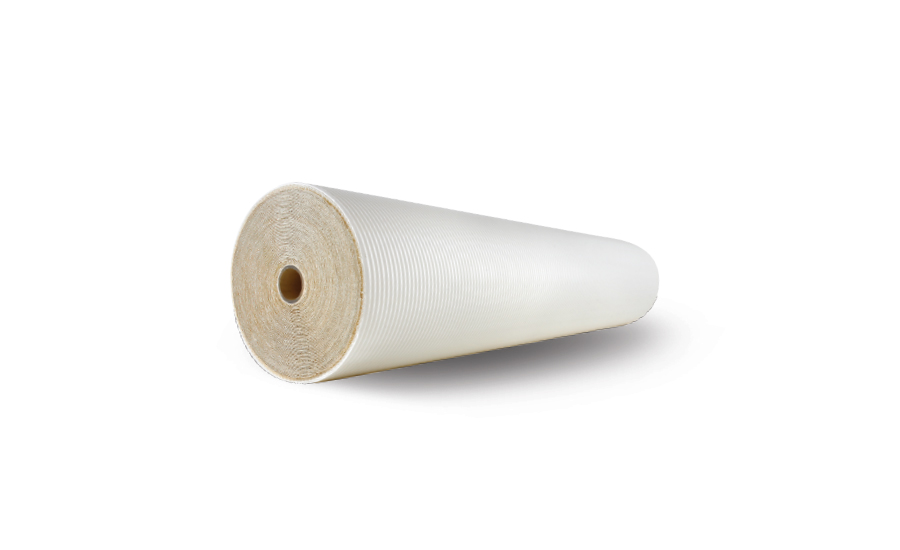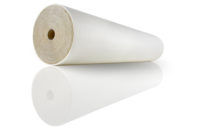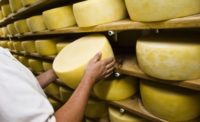DOW was invited by a major U.S. dairy producer to measure the performance characteristics of competing standard mesh-wrapped elements and DOW HYPERSHELL™ RO elements. The purpose was to compare the impact of these elements on fluid flow requirements and pump energy consumption during whey permeate concentration production. The results showed that the DOW HYPERSHELL™ RO elements delivered reduced flow requirements and lower pump energy consumption than the standard mesh-wrapped elements.
Introduction
As several publications have noted, dairy producers can enjoy significant energy savings by reducing/replacing evaporator need with reverse osmosis concentration systems.1,2 In fact, there are government incentives providing rebates to companies that have converted or reduced their energy demand by installing RO concentration systems.
What many in dairy processing may not realize is that companies can reduce their energy consumption and cost savings even further by selecting a reverse osmosis element that reduces fluid flow requirements while maintaining optimum dewatering efficiency. Inan ongoing case study at a large dairy producer, the DOW HYPERSHELL™ RO element, with its patented hardshell exterior, has been shown to reduce flow requirements and pump energy consumption. The following projected cost savings were based on a study of a 10-stage, 300-element, 600-gpm, 8-inch whey permeate concentration system:
- 29% to 45% energy cost savings over competitive mesh-wrapped elements
- Up to $438 per element annual cost savings
- Annual projected savings: $12,972 per stage


